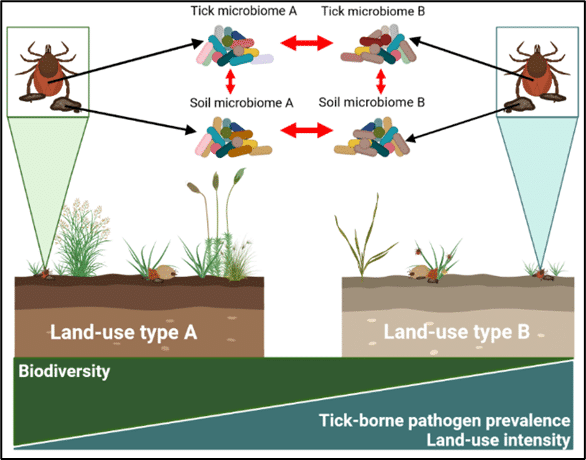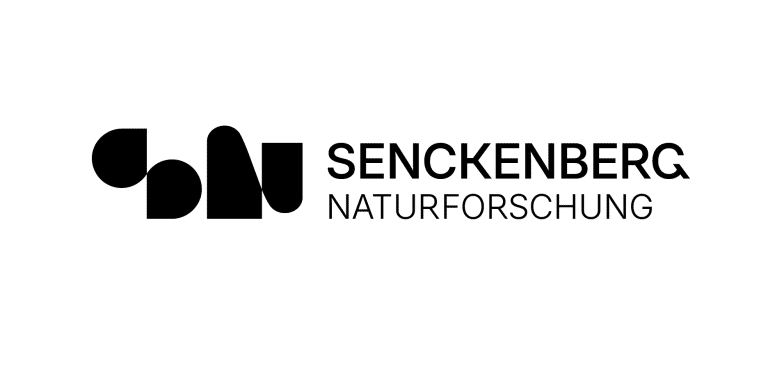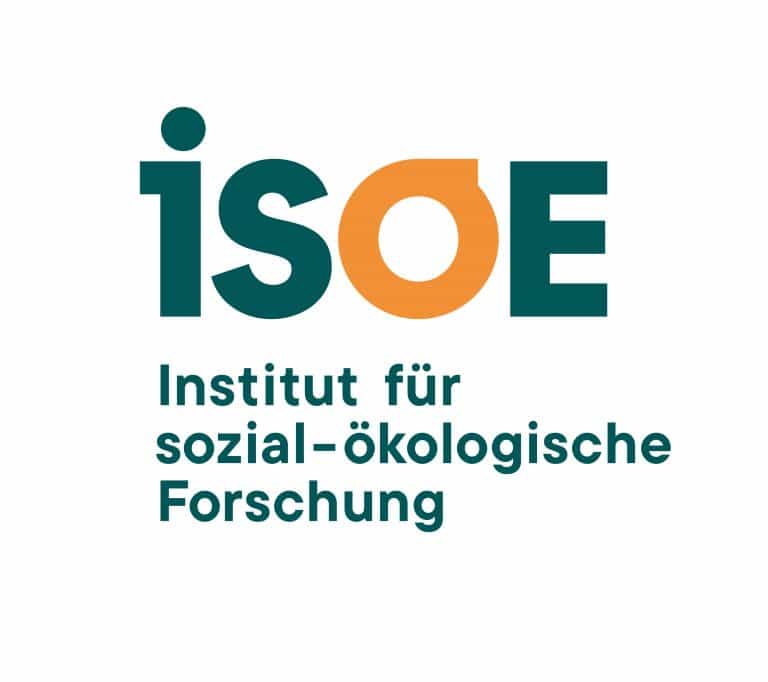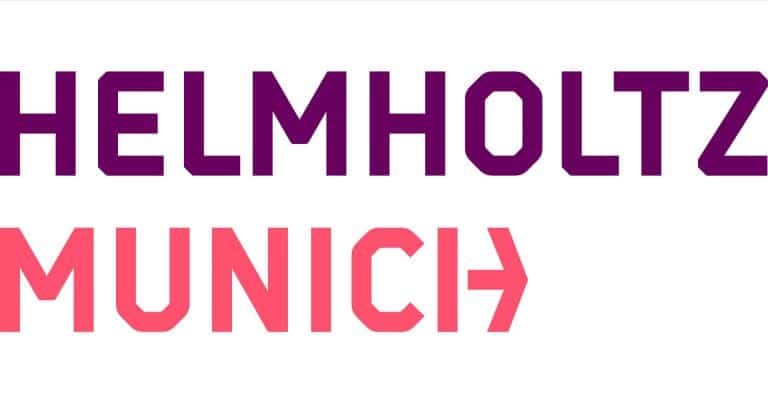Diversity of the microbiome of the tick species Ixodes ricinus in relation to land use and soil properties
Cooperation Project financed by the Alexander von Humboldt Foundation (Feodor Lynen Scholarship)
Ticks play a crucial ecological role, with Ixodes ricinus being particularly notable for its widespread presence and vector function for zoonotic pathogens in diverse vertebrate hosts in Europe. These ticks follow a complex three-host life cycle lasting up to six years, requiring a blood meal at each stage. Most of their life cycle (99%) is spent off-host in the environment, where they interact with soil and plant microbiota. During off-host stages, ticks avoid desiccation by absorbing water vapor through specialized mouthparts and limit water loss via spiracles. Microorganisms are introduced through contact with soil or plants, often entering via spiracles or penetrating the tick’s chitin envelope through enzymatic activity. Soil microbes significantly influence the tick microbiome, as demonstrated in studies on other species like Rhipicephalus microplus. These studies highlight that geographic location and environmental factors shape microbial community composition within tick individuals, with soil bacteria having the most impact on the tick bacteria diversity. In turn the composition of the microbiome of ticks has an impact on the ticks’ activity and survival. Land-use changes strongly influence environmental conditions and induce important changes in soil (microbial) properties. For example, forest fragmentation caused by land use changes creates ecotone habitats, leading to reduced soil microbial diversity in remaining forest patches. These changes often correlate with increased tick densities in fragmented landscapes and may have an impact on the I. ricinus microbiome and the tick-borne pathogen prevalence. The density of ticks and the prevalence of tick-borne pathogens are closely linked to land-use practices, which, in turn, influence the likelihood of human-tick encounters and the probability of pathogen transmission. Investigating the interactions between land use, soil properties, and microbial communities and their effects on the microbiome of ticks and pathogen prevalence could provide critical insights into predicting human health risks. Such an understanding would enhance our ability to forecast the occurrence of tick bites and the associated risk of infection with tick-borne pathogens. We therefore hypothesize that soil properties such as pH, carbon and nutrient content and aggregation determine change along a land-use gradient and influence the soil’s microbiome which can be linked to the composition of the tick microbiome through the effect on microbial communities
The aims of the project are
- 1) to investigate the impacts of different soil microbiomes in relation to different land use intensity indices and pedoclimatic factors on the diversity and structure of the I. ricinus microbiome, and
- 2) to examine how these factors influence tick questing activity and the microbiome diversity.
To this end, we plan to
- a) characterize the microbial diversity in the soil and in Ixodes ricinus nymph across a land use gradient at Swabian Alb, Germany;
- b) characterize the biochemical and physical properties of the soils along the gradient;
- c) assess the relationship between tick density, and land use types in the study area;
- d) assess the relationship between the tick and the soil microbiomes (diversity and composition) along a land use gradient and e) analyze how tick-borne pathogen prevalence and diversity, interact with the tick and the soil microbiomes.
- How changes in the diversity and composition of the soil microbiome, along with the biochemical and physiological properties of the soil, relate with land use variations in the Swabian Alb region in Germany?
- Do the tick microbiome diversity, structure and assembly change, in relation to shifts in the soil microbiome, when the land use intensity index increases?
- Does tick density (along with tick-borne pathogens) increase when the human impact on land (estimated with the land use intensity index) increases?
Ticks and soil samples will be collected from 25 MIP sites within Exploratories of the Swabian Alb (Biodiversity Exploratories infrastructure), chosen based on a predefined land-use gradient while minimizing other variables like soil type. A total of 750 I. ricinus nymphs (30 per site) will be processed, focusing on nymphs due to their localized geographic origins.
Key soil parameters influencing tick life cycles and microbiome composition will be measured, including pH, elemental composition, C/N ratio, soil texture and water holding capacity (25 sites, triplet-sampled tested in a double repetition resulting in total in 150 testing). The litter layer will also be analyzed for chemical and microbial composition. To assess active microbial communities, complementary phospholipid fatty acid (PLFA) analysis will be used to quantify fungi and bacteria, providing insights into fungi-tick interactions and bacterial-fungal ratios.
Tick and soil DNA from WP1 will undergo 16S rRNA V4 region amplification and sequencing. Data will be processed via the QIIME 2 pipeline to identify bacterial diversity and taxonomic classifications. Alpha diversity metrics and beta diversity will quantify microbial richness and evenness. Bacterial community assemblies including tick-borne pathogens will be studied using co-occurrence networks to compare soil and tick microbiomes across sites. Further ticks will be analysed for 48 tick-borne pathogens in a multifluid assay.










